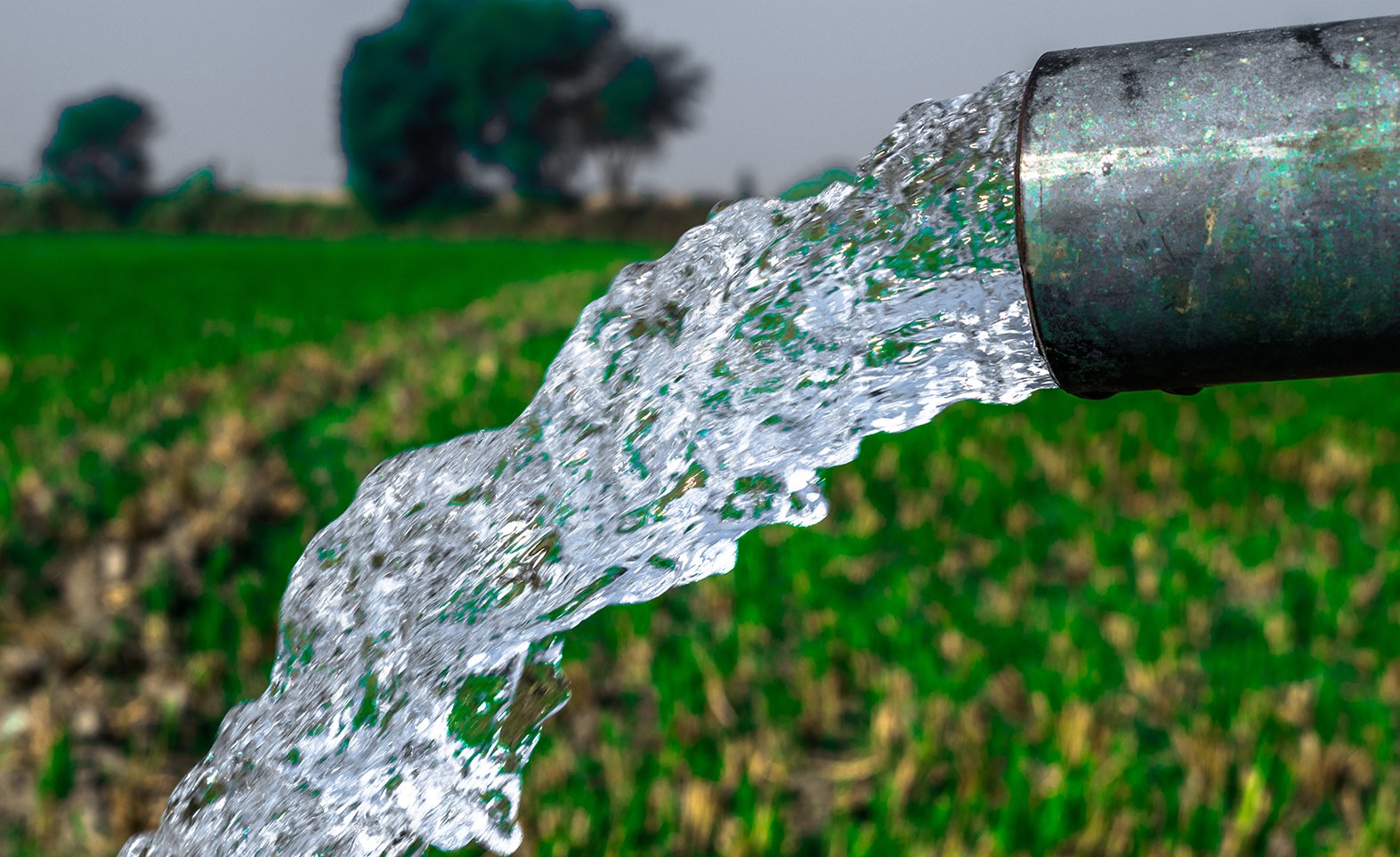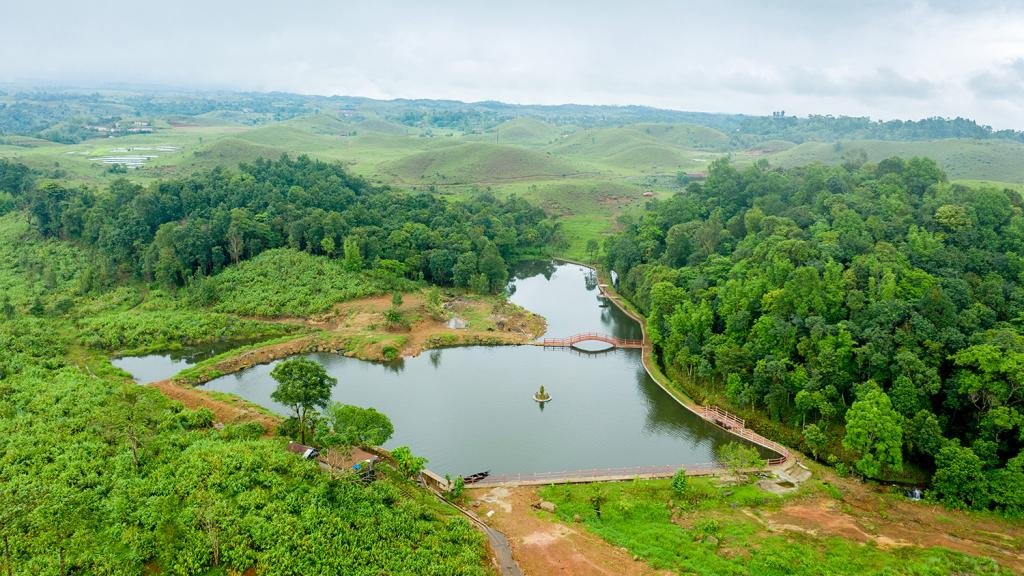- Home
- Temple
- Surila Gurudev
- Activities
-
Events
Upcoming Festivals
- Participate
Water resource development is crucial for sustainable agriculture, ensuring farmers have reliable access to water for irrigation, livestock, and domestic use. Key strategies include building small-scale irrigation systems (like drip irrigation and sprinklers), rainwater harvesting, and reviving traditional water bodies such as ponds, wells, and check dams. Government and NGO-led projects often focus on watershed management, which helps conserve soil moisture and recharge groundwater. By improving water availability, farmers can grow multiple crops annually, reduce dependence on erratic monsoons, and increase productivity.

Additionally, modern technologies like solar-powered pumps, automated irrigation, and sensor-based water management systems help optimize water usage and reduce wastage. Training programs educate farmers on efficient water conservation techniques, such as crop rotation, mulching, and drought-resistant farming. Community participation in maintaining water infrastructure ensures long-term sustainability. Effective water resource development not only enhances agricultural output but also mitigates the impact of climate change, reduces rural poverty, and promotes food security. Investments in this sector are essential for empowering farmers and building climate-resilient rural economies.
